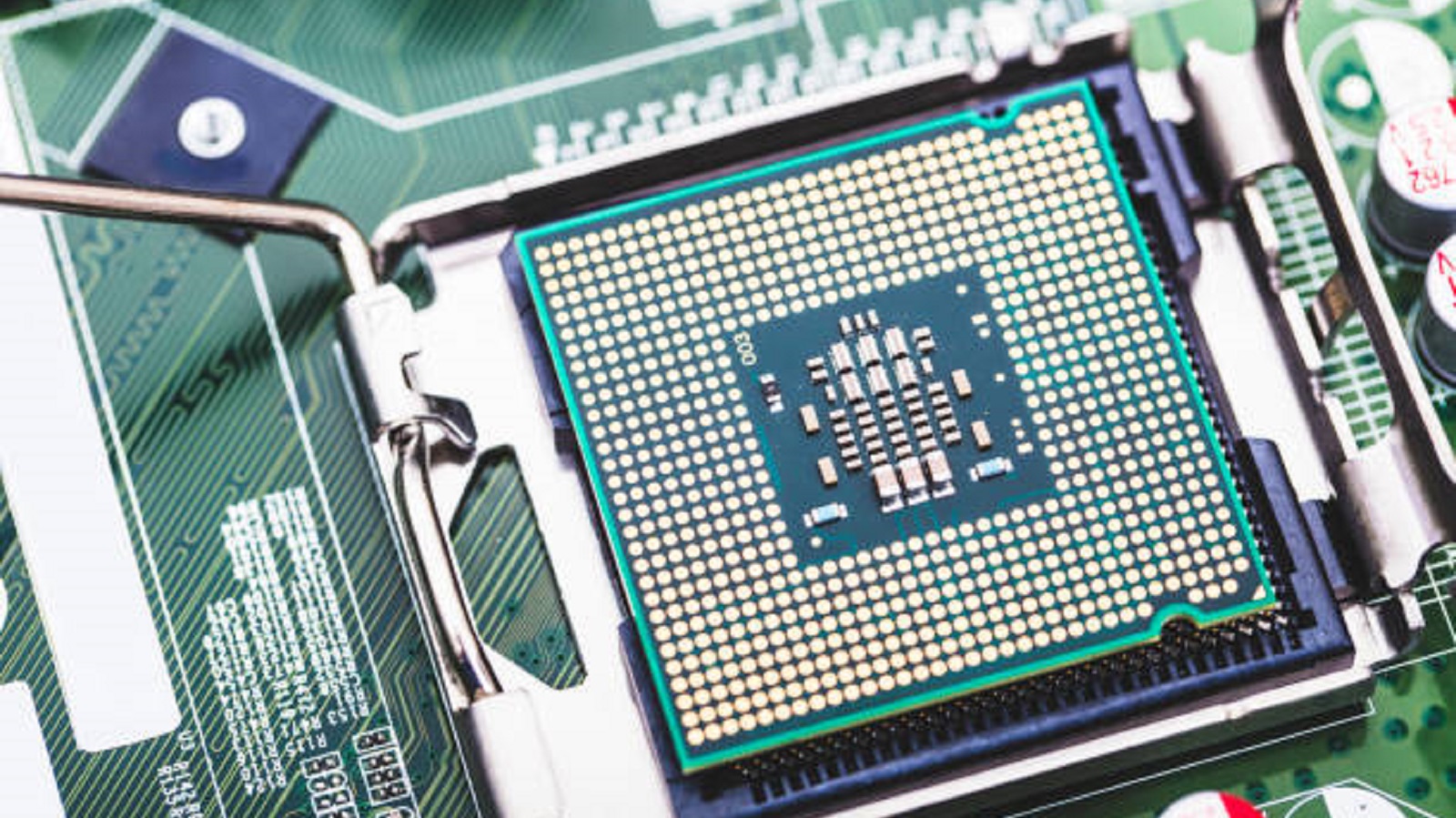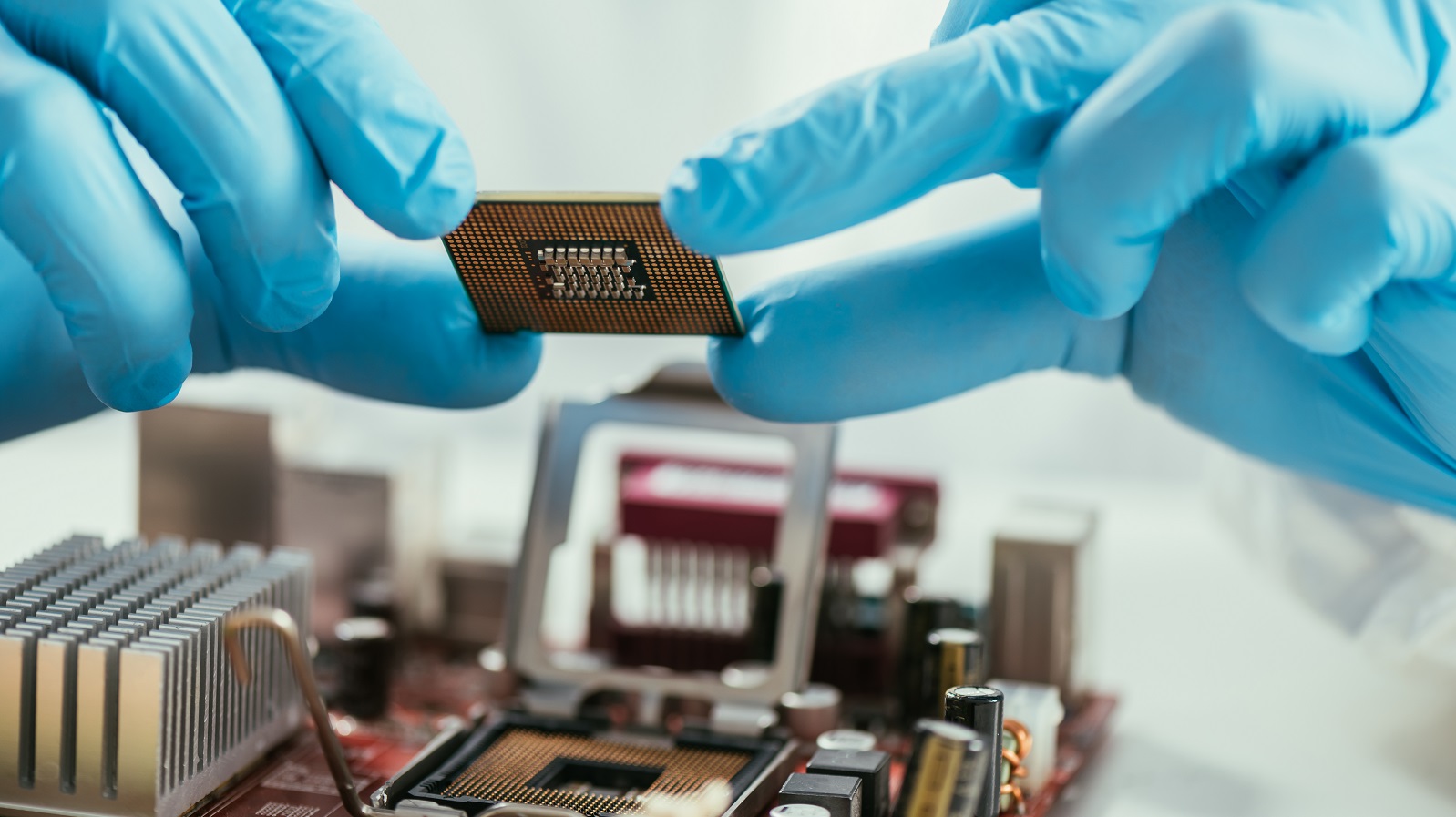Benefits of BGA Rework Station
BGA rework stations offer precision, automation, and cost-efficiency, solving challenges in high-density electronics by optimizing component alignment and heating.
In today's hyper-competitive electronics landscape, the Ball Grid Array component has become an anchor because of its potential to handle high-density interconnections and compact design aesthetics. Reworking BGA components in modern devices creates some challenges. The solder joints being tucked underneath the component and fine pitches to contend with require precision during rework. This has catalyzed the adoption of BGA rework stations in manufacturing facilities by underlining many benefits of optimization of rework precision and efficiency.
The solder balls in BGA packages lay in a grid pattern under the package and act as input/output terminals, making contact with corresponding PCB pads at reflow. Plastic variations include plastic ball grid arrays and ceramic variations CBGA. The assembly processes used for these packages include a reflow soldering technique. Their core benefits are to provide enhanced circuit density and system performance, but challenges during rework are unique and explained as follows:
Inaccessibility of Solder Joints: The hidden nature of the joints complicates direct access for rework.
Fine Pitch: Small spacing between solder balls requires high precision in handling and heating.
Thermal Mass: Large BGAs are able to absorb heat; this may require special handling during reflow to ensure proper melting.
Precision Alignment Needs: Placement accuracy is typically less than a millimeter to ensure correct placement.
These complexities mean that professional equipment is essential in performing efficient BGA rework.

Solutions to Rework Challenges
At the forefront of addressing challenges with BGA rework are dedicated rework stations. These integrate all sorts of vital technologies, enabling smoothness and effectiveness within this process:
Optical Systems: High magnification microscopes with split optics-These offer visibility under the package for precision in work.
XY Table and Alignment Tools: Precise tables, along with alignment tools allow accurate positioning of BGAs onto the PCB pads before soldering.
Heating Mechanism: Several heaters, infrared lamps and top gas heaters provide controlled and uniform heat application.
Software Integration: Most of the systems have advanced software for temperature profiling and automation that assure consistency and accuracy.
Main Types of BGA Rework Stations
There are several types of BGA rework stations that vary in terms of their features and functionality:
Professional Stations: These are the high-end systems with complete automation and accuracy, thus best for facilities with constant demands for BGA rework. These can range from $20k to $100k+ for the most advanced systems.
Mid-Range Systems: Integrated stations with the basic requirements fall in the range of $5k to $20k, thus meeting the requirements of smaller operations with a balanced approach.
Economical Setups: Basic systems under $5k, addressing low-volume requirements with less automation.
Manual vs. Automated
Manual Systems: These involve operator intervention for aligning and controlling every stage in the reflow process.
Semi-Automated: Have partial automation to ease the workload of an operator.
Fully Automated: All positioning and rework functions are done without human interference.
Modular Components
To achieve customizability, modular systems enable facilities to mix and match components, including high-magnification scopes or specialized heating tools, to suit particular needs and budget constraints.
Advantages of BGA Rework Stations
Unparalleled Precision and Accuracy
BGA rework stations guarantee high accuracies of component alignment and placement. These accuracies are crucial, owing to the small solder balls underneath the BGA packages, which guarantee stable and effective connectivity-important factors for holding the functionality of a device together.
Controlled Heating and Temperature Profile
The programmable heat profiles available at the stations are quite important in ensuring that there is uniformity and consistency in the heating process during rework. This prevents overheating, thus prolonging the life and ensuring the reliability of components and the PCB.
Versatility Across Components
Besides BGAs, other components such as Chip Scale Packages and Quad Flat No-leads can be processed by these stations. Their capacity to change over different tooling and adjustments extends their applicability in electronic manufacturing.
Improved Workflow and Process Efficiency
BGA rework stations enhance the workflow by automating and fine-tuning the processes of placement, soldering, and removal of the components. This automation accelerates not only the speed of the rework cycles but also reduces operator errors to support rapid production changes and repairs.
Cost-Effectiveness and Resource Management
While it involves a considerable initial investment, BGA rework stations pay off in the long term by reducing material waste and labor costs. Their precision prevents repeated repairs, thus allowing production to be carried out without hindrances and saving money in the process.
Improved Quality Control and Assurance
Such capabilities of the stations further improve quality control and enable the manufacturer to check on higher standards and immediate rectification of defects. Control over handling and alignment of components secures the quality, saves reputation, and complies with industry norms.
Best Practices for Effective BGA Rework
Profiles Optimization: Corrective heat profiling is done correctly to match a particular configuration of the BGA in question, first with conservative settings.
Site Preparation: Clean previous solder from the PCB pad, then apply fresh solder paste.
Alignment Accuracy: Ensure careful BGA alignment, within ±0.05mm, before initiating solder reflow.
Manage Thermal Cycle: Reduce the number of thermal cycles to avoid possible over-heating damage.
Regular Inspection: Perform magnification to check if there is solder bridging or voids after rework to ensure quality verification.

The BGA rework station is a worthy investment in the field of electronics manufacturing, as it is prepared for the complex challenges arising from BGAs in modern times. The perfect mix of precision, automation, and cost-effectiveness will enhance the outcomes of rework, increase operational efficiency, and maintain the quality standard of the products. This makes the stations quite important in high-end professional setup and modular DIY approaches, while BGAs continue to dominate the electronics landscape. With such strategic implementation, businesses remain competitive and perpetually aligned with advancing technological demands.
Hot Tags:
Contact us

If you can't find what you're looking for, please contact us.
Article

BGA rework is complex, requiring skilled training, quality tools, precise thermal control, and thorough inspections to prevent costly errors and improve PCB assembly efficiency.

Compared to THT, SMT offers better miniaturization and weight reduction in any electronic application. With the use of BGA packages, high-assembly density, reliability, and improved performance are achieved; on the other hand, this requires a rework and inspection that is not really common. PCBX specializes in the area of advanced SMT and BGA assembly to help drive modern requirements of compact electronic devices.

Ball Grid Array (BGA) components, such as PBGA, CBGA, CCGA, TBGA, and CSP, provide high I/O density, improved reliability, and high-quality electrical and thermal performance. Quality assembly and functionality are assured since advanced soldering and inspection methods are required, like AXI and AOI. Proper storage and handling shall guarantee the performance of the devices.
